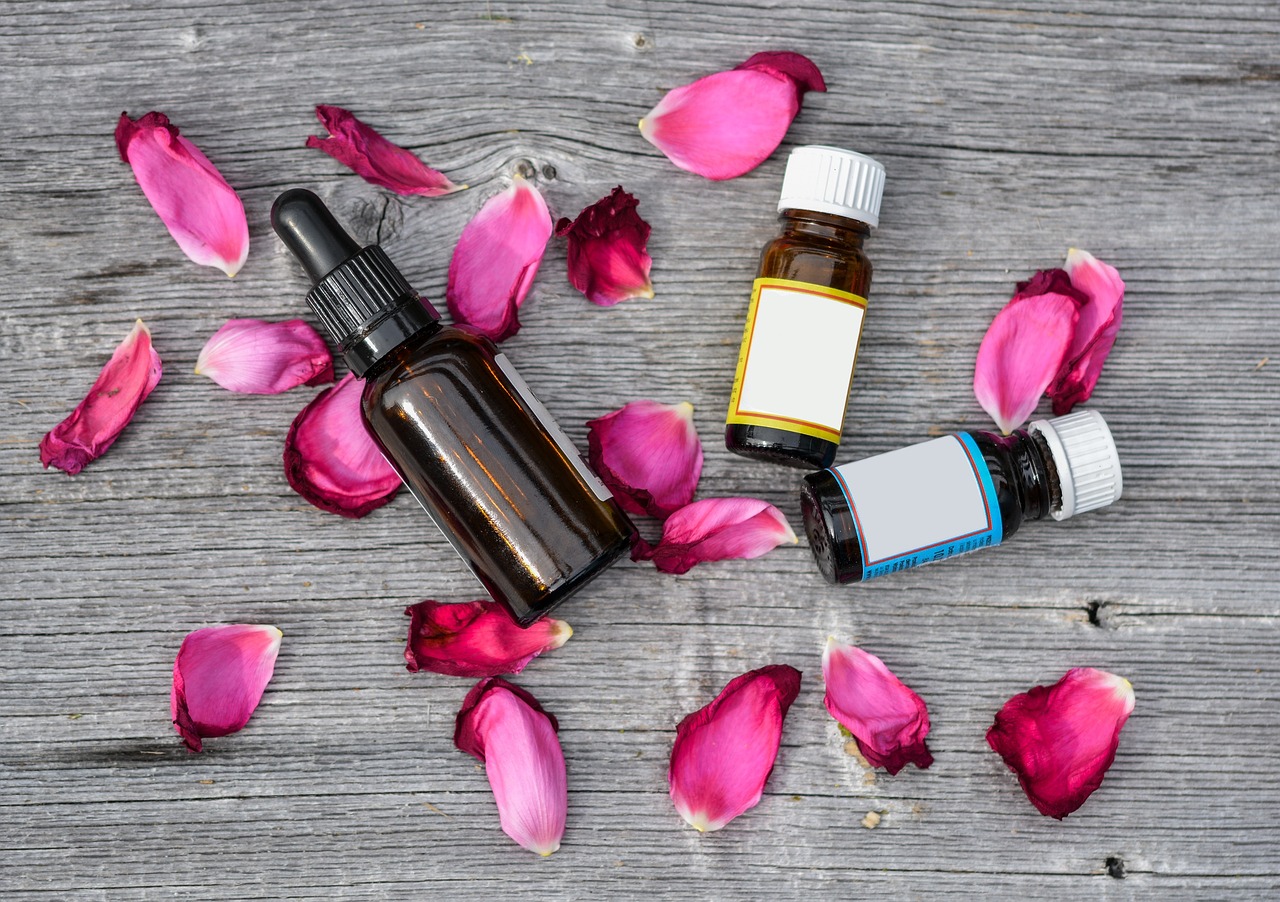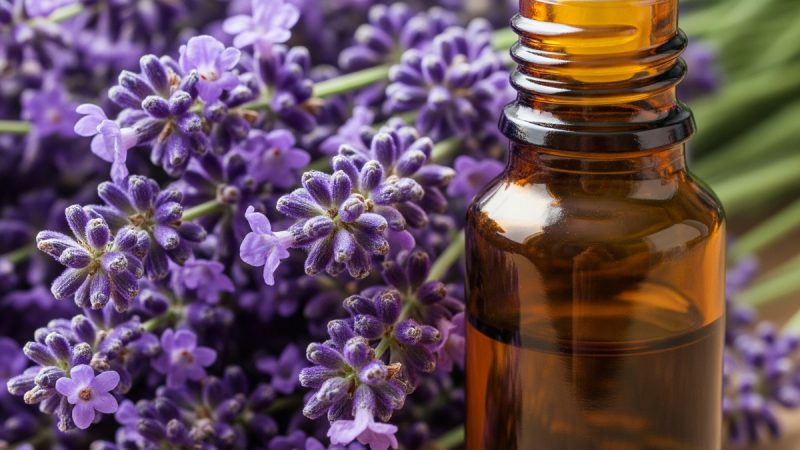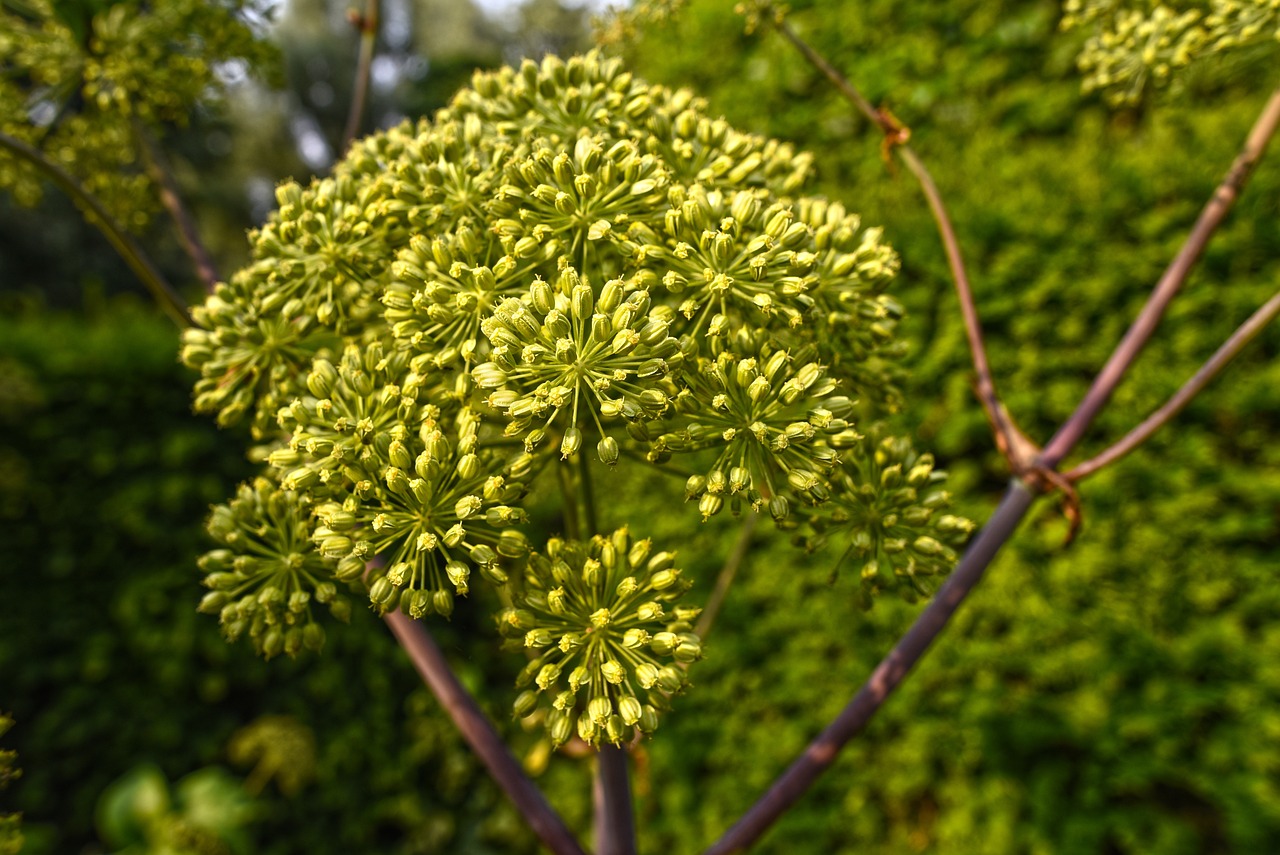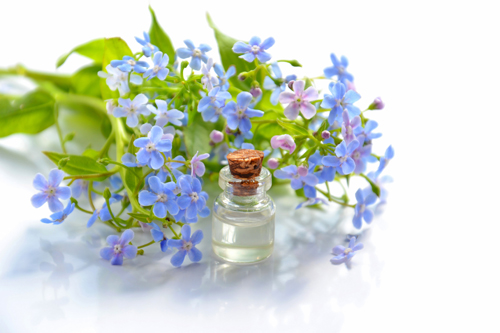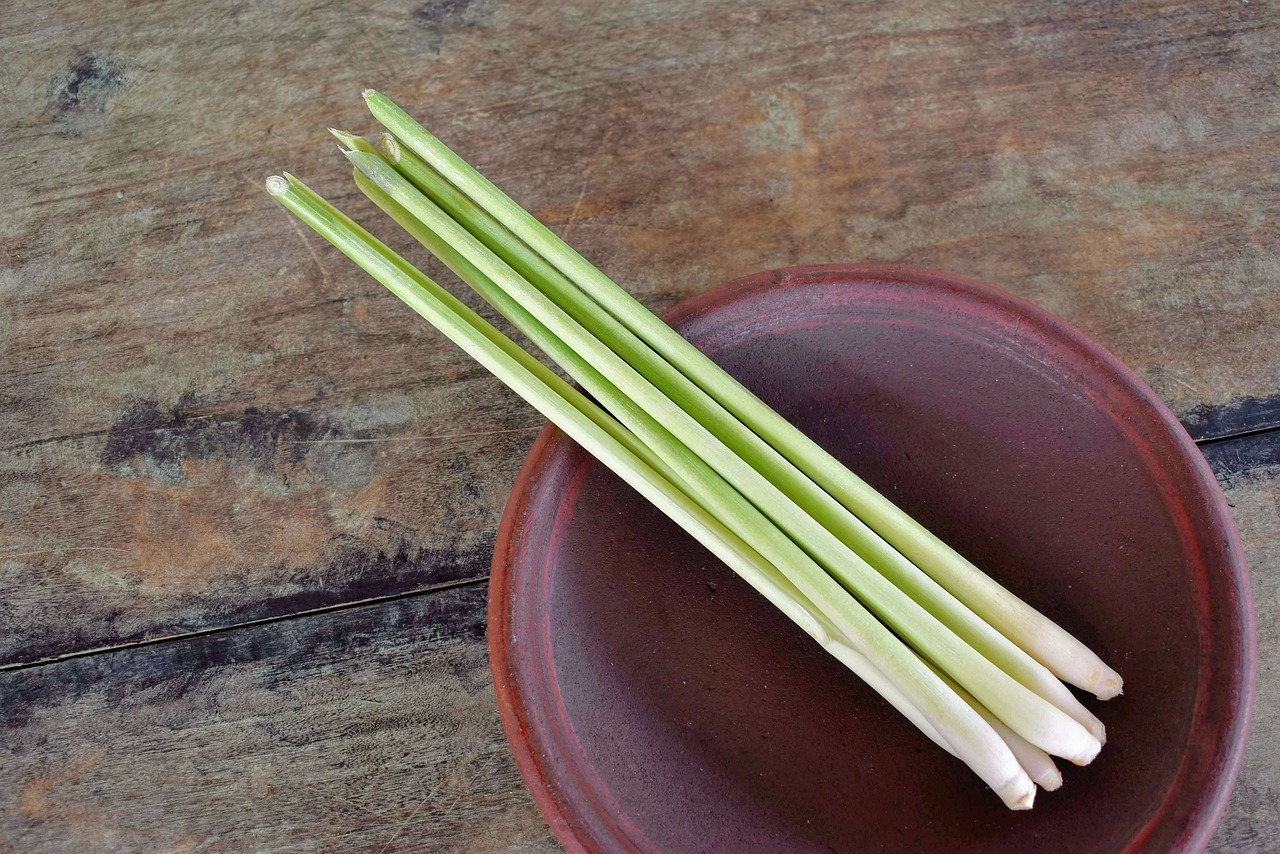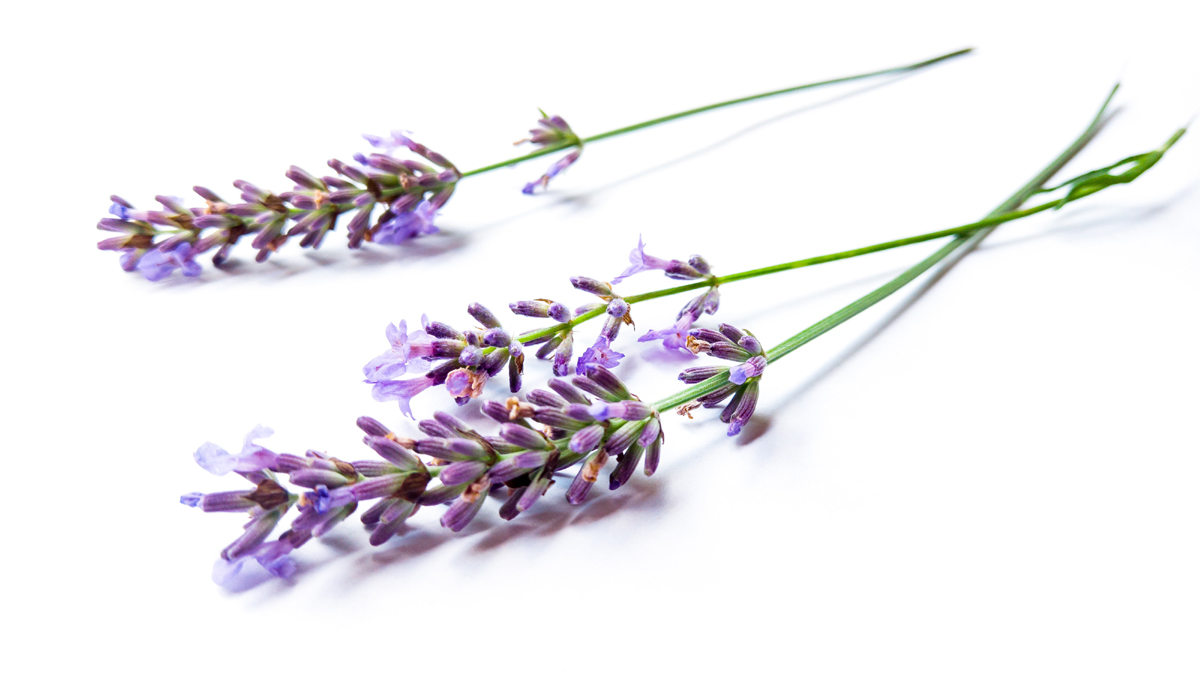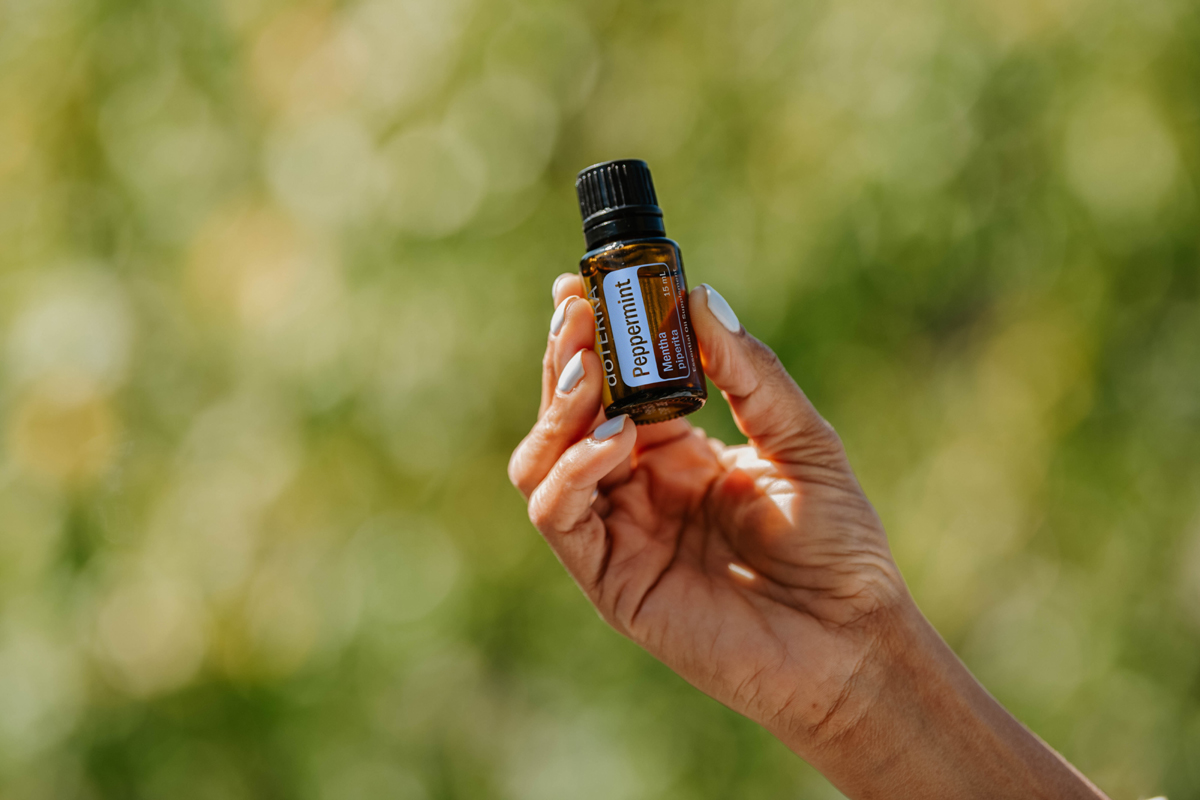Frankincense in Aromatherapy – Trees, Tears and Essential Oils
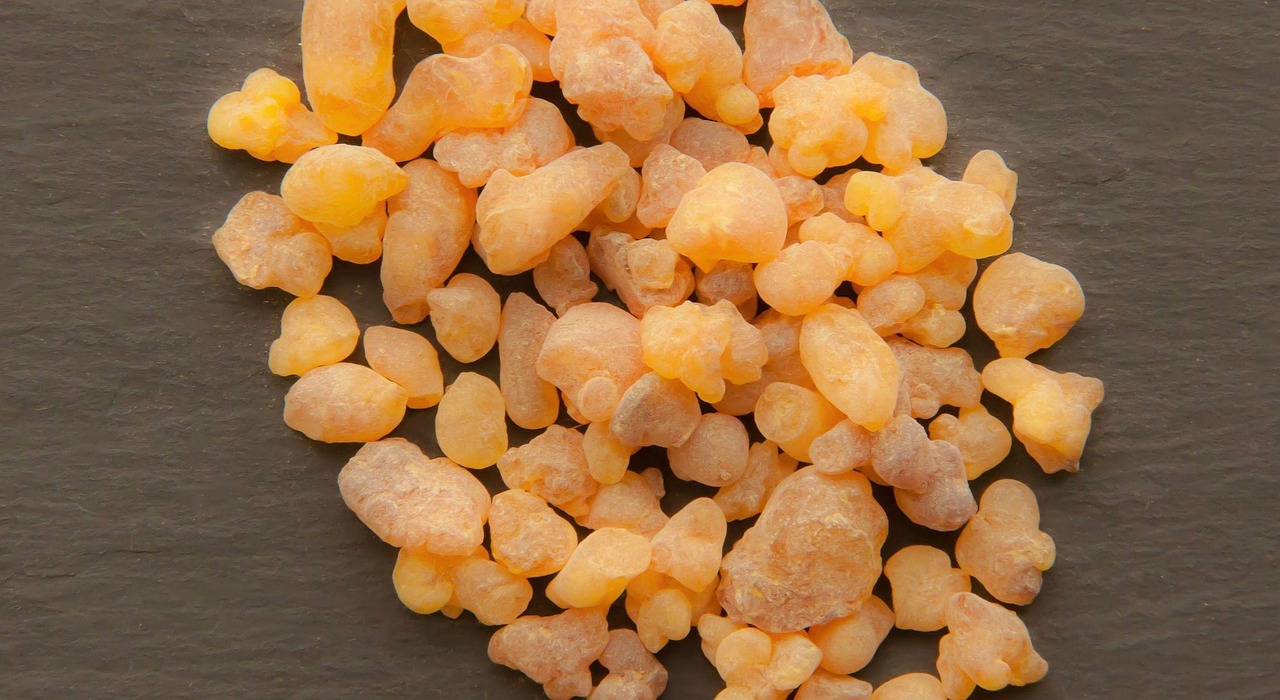
The Mysterious Frankincense
Used for many thousands of years, the Frankincense tree has perhaps the greatest association with spiritual practice of any plant on earth. In most of the great ancient cultures, including the Egyptian, Babylonian, Persian, Hebrew, Greek and Roman civilizations, it has played a role in religious and domestic life. Frankincense has been sought after by kings and valued as highly as gold. More recently, the essential oil is gaining popularity with spiritual seekers and natural healers alike. What is so special about this tree that its ‘pearls’ were given as a gift at the birth of one of history’s most revered prophets?
The Hardy Tree and its Tears
The Frankincense tree, or Olibanum, upon first glance, may seem rather unremarkable. It appears as a giant shrub, with many knurled branches topped with abundant slender leaves and occasionally, small white flowers. A native to northern Africa, it looks like it belongs in the desert, growing in some of the world’s harshest conditions. But it is not the tree itself, but rather its sap that has such profound lore surrounding it. When the tree’s bark is pierced with a knife (known traditionally as a ‘Mingaf’), a milky-white oleoresin is exuded – thought the tree is not harmed. The resin forms droplets known as ‘tears’ or ‘pearls’, which harden into the orange-brown gum known itself as Frankincense. The English name of this natural incense is derived from the medieval French ‘franc’, meaning ‘pure’ or ‘free’, and from the Latin ‘incensium’, meaning ‘to smoke’.
History’s Most Popular Incense
For more than 5000 years, the hardened resin has been burned in temples throughout Egypt, China and India; the Catholic church continues to use it today during Mass. It is one of the four main ingredients in Jewish ceremonial incense, forming an important part of the Sabbath day offerings. The smoke of Frankincense (as with other ritual incense) is thought to carry prayers to heaven upon it’s smoke. It is also said to deepen the breath and still the mind, making it useful for meditation and yogic practice. The incense may have health benefits as well, producing a highly antiseptic smoke, keeping churches and churchgoers free from disease.
According to ancient documents, the great Baal temple of Babylon consumed 2 and a half tons of Frankincense a year. The Frankincense trade was of immense importance in ancient times, peaking about 2000 years ago. Caravans grew to as many as 2 to 3 thousand camels in size. Cities grew up along the trade routes, and heavy taxes and fees for protection, lodging and camel fodder raised the cost of the resin considerably, so much so that it was valued as much as gold. The wealth involved inspired Alexander the Great to plot to control the region, though his death happened to precede the invasion.
Health Benefits
Frankincense resin is thought to have a bounty of health properties – it was an ingredient in a rejuvenate face mask in ancient Egypt (it was also charred and used as the classic heavy eyeliner seen in much ancient Egyptian art), and at one time was “used to treat every conceivable ill to man”. In ayurvedic medicine it is known as salai guggul, used for centuries to treat many conditions, including arthritis. Modern science has isolated the active compounds found to have anti-arthritic properties. Called boswellic acids, these components inhibit the inflammatory process, improve blood supply and prevent further cartilage reduction.
Frankincense Essential Oil
Modern natural medicine has taken to the use of the essential oil of Frankincense. The oil, having a warm, woody, sweet aroma with a hint of citrus, is steam or CO2 distilled from the resin. It is used for respiratory conditions such as bronchitis, catarrh and asthma; for wrinkles, wounds and dry skin, and in cases of rheumatism, cystitis and leukorrea.
The most important effect of the essential oil may be on the nervous system. Regarded as an antidepressant, the aroma can both relax and revitalize, and can help in cases of nervous tension and exhaustion. Frankincense oil contains sesquiterpenes, which stimulate the limbic system, the hypothalamus, the pineal and the pituitary glands. The oil is now being researched for it’s ability to increase human growth hormone production. Further, it is considered to strengthen the immune system, which may in-fact occur as a result of it’s uplifting properties.
Frankincense essential oil can be used in a manner similar to burning of the incense in spiritual practice. Warming in a candle lamp or direct application to the temples and third eye will quiet the mind, deepen the breath, and promote meditative stillness. It is often blended with Sandalwood, Myrrh and Cedarwood for such uses, and the single-pointed concentration it invokes is thought to allow the spirit to soar.
Experimenting with Frankincense
Frankincense resin is widely available at reasonable costs. Most is wildcrafted, being extracted from trees growing in the deserts of northeast Africa – thankfully, the resource is abundant, as the trees easily survive harvesting of the pearls. The small chunks of resin can simply be lit by themselves in a dish or similar container, and allowed to smolder and release their smoke. Frankincense is also available in prepared incense sticks and other incense preparations. In the form of your choosing, simply light and allow some quiet time to experience the deep aroma.
With the essential oil, a diffuser or warming lamp can be used to disperse the aroma throughout a space. The oil is also found in aromatherapy candles, where it is released from the heated oil beneath the burning wick. Frankincense oil can be applied directly to the forehead (it is non-irritating or sensitizing) where you can both capture the aroma and absorb the oil directly. Again, take a moment to sit quietly to perceive any effects.
The wonderful gift of the Frankincense tree is available in many ways, and has come highly recommended for many thousands of years. Try adding a little Frankincense to your life, and see what the mystery is all about!
The Author:
Misty Rae Cech is a naturopath and yoga instructor practicing in Boulder, Colorado. She is the owner of the Ananda Apothecary.
Photo. xbqs42

